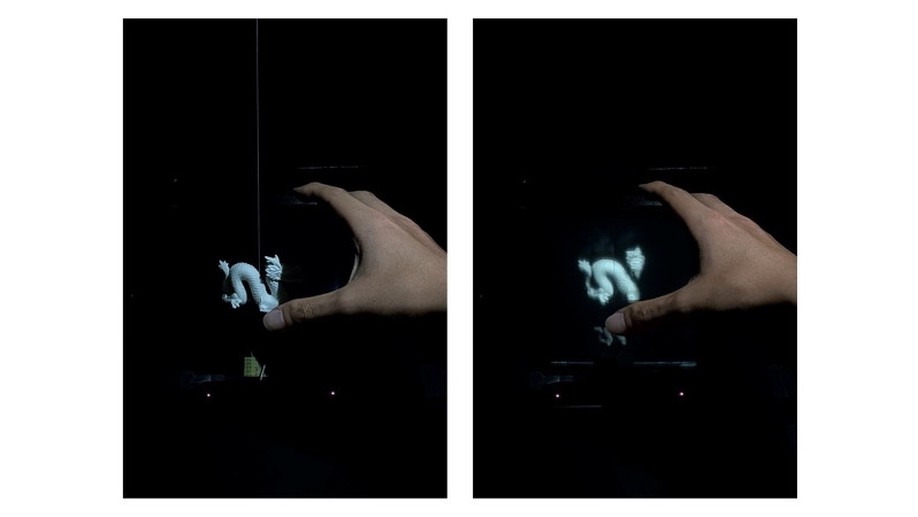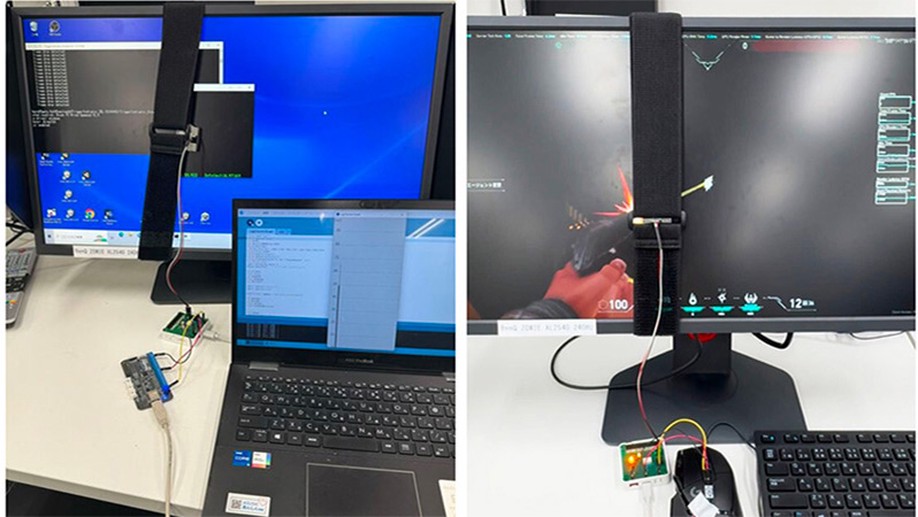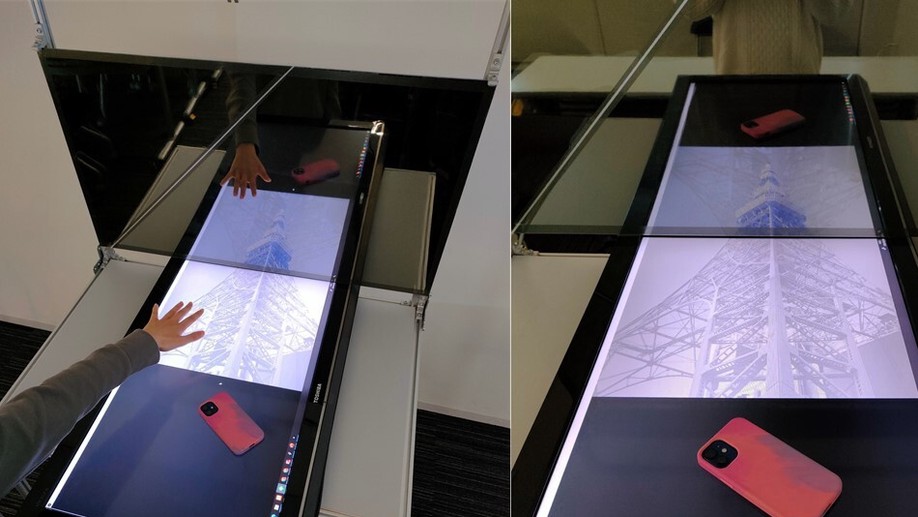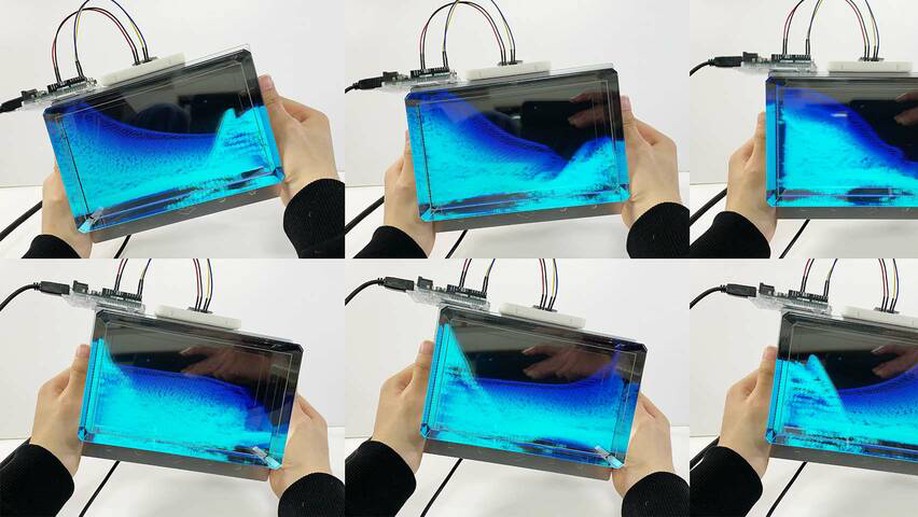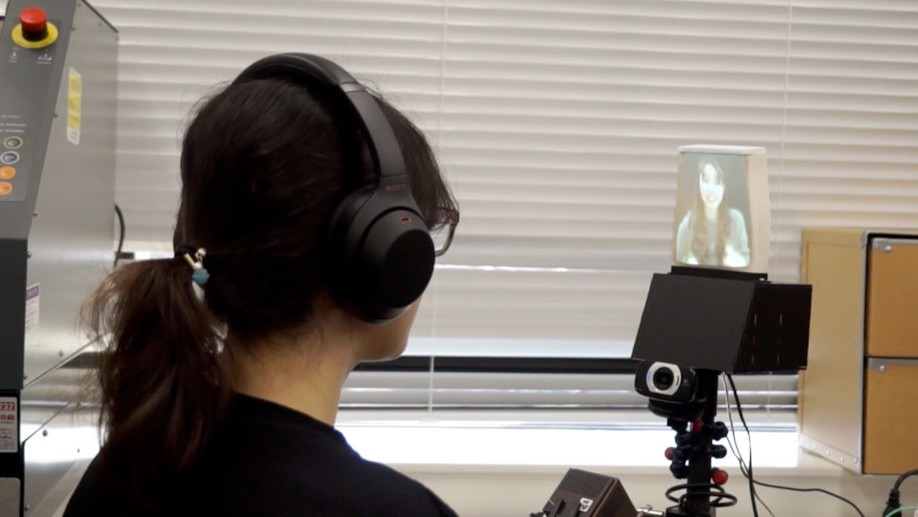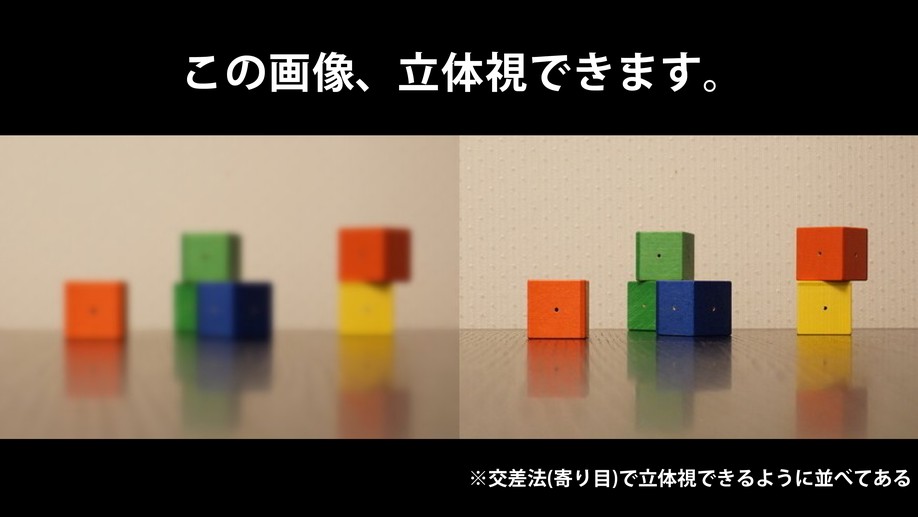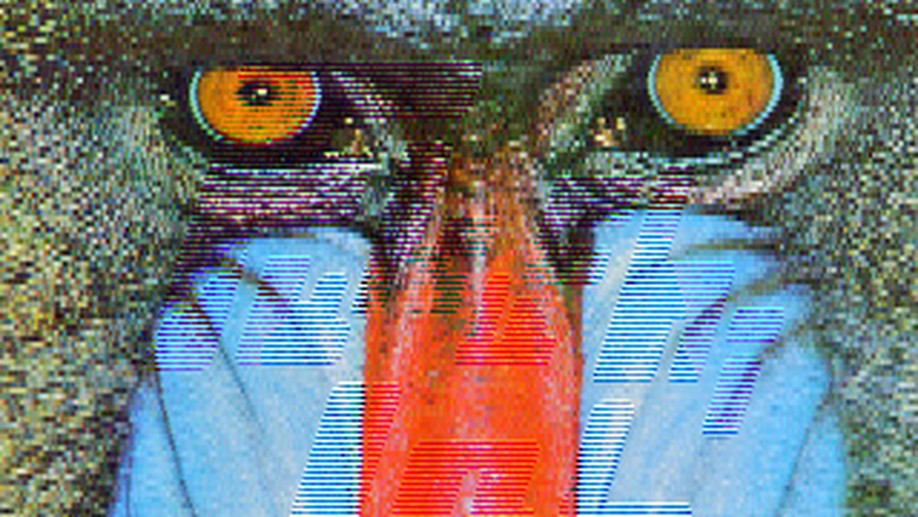Displays are now ubiquitous in our daily lives, and we obtain various information and enjoyment from them.
Our laboratory is working on developing interactive technologies for special displays such as large-scale displays, stereoscopic displays, and tabletop displays that can be used simultaneously by multiple users.


